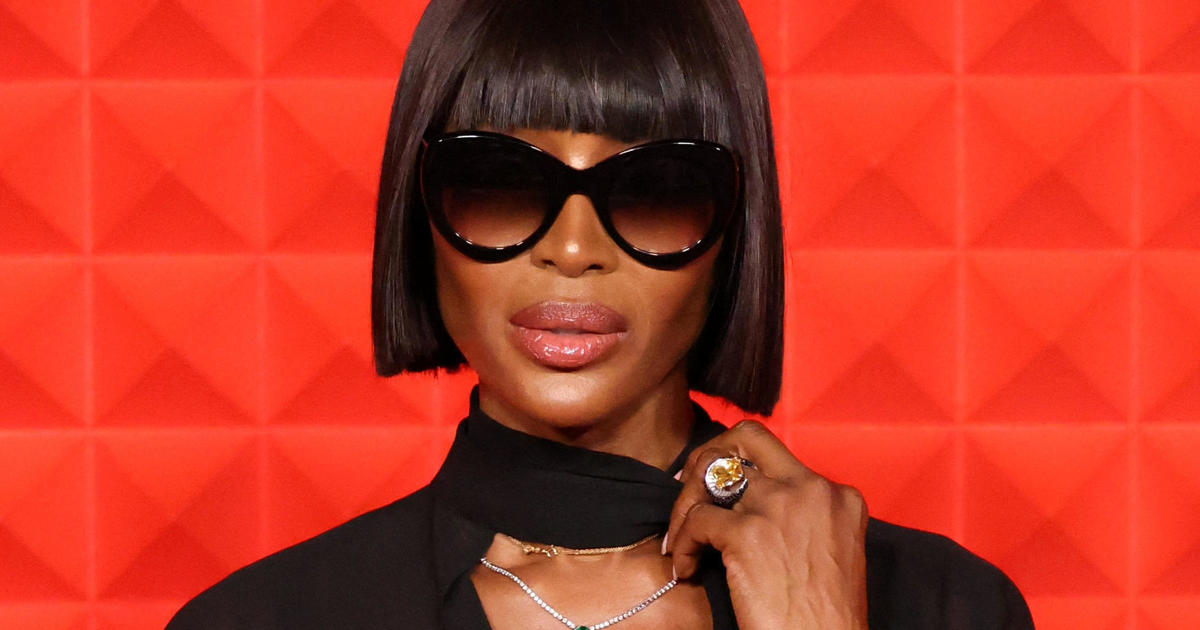Billionaires Elon Musk and Vivek Ramaswamy may be advising President-elect Donald Trump on cutting federal spending but they also have some advice for him about the U.S. workforce, urging his next administration to bring in more foreign tech workers.
Musk and Ramaswamy’s views have sparked an online spat between factions of Trump’s supporters over immigration and the tech industry, whose businesses rely on the H-1B visa to bring in thousands of foreign engineers and other skilled workers each year from India, China and other nations.
The tech industry has long called for more H-1B visas to attract highly skilled workers to the U.S., although Trump’s first administration restricted the program in 2020, arguing that it allows businesses to replace Americans with lower-paid foreign workers.
That debate has again erupted after Musk, himself once on an H-1B visa and whose electric vehicle company Tesla has hired workers using the program, defended the tech industry’s need to bring in foreign workers. Ramaswamy, for his part, wrote in an X post that American culture “has venerated mediocrity over excellence,” leading to a nation that does “not produce the best engineers.”
“There is a permanent shortage of excellent engineering talent. It is the fundamental limiting factor in Silicon Valley,” Musk wrote on Dec. 25 on X, his social media app.
Here’s what to know about the debate and the H-1B visa.
The debate touched off this week when Laura Loomer, a right-wing influencer with a history of racist and conspiratorial comments, criticized Trump’s selection of Sriram Krishnan as an adviser on artificial intelligence policy in his coming administration. Krishnan favors the ability to bring more skilled immigrants into the U.S.
Loomer declared the stance to be “not America First policy” and said the tech executives who have aligned themselves with Trump were doing so to enrich themselves.
Loomer’s comments sparked a back-and-forth with venture capitalist and former PayPal executive David Sacks, whom Trump has tapped to be the “White House A.I. & Crypto Czar.” Musk and Ramaswamy, whom Trump has tasked with finding ways to cut the federal government, defended the tech industry’s need to bring in foreign workers.
It bloomed into a larger debate with more figures from the hard right weighing in about the need to hire U.S. workers, whether values in American culture can produce the best engineers, free speech on the internet, the newfound influence tech figures have in Trump’s world and what his political movement stands for.
U.S. Citizenship and Immigration Services says the H-1B visa is geared toward professionals with a “theoretical and practical application of a body of highly specialized knowledge,” and who have a bachelor’s degree or higher in their field.
Those professionals also need to have been offered a temporary job by a U.S. company, which must offer a wage that’s not lower than that paid to similarly qualified workers or below the prevailing wage for the job in the geographic area where that person will be working.
The U.S. caps the number of H-1B visas at 65,000 new visas each year, although an additional 20,000 can be granted for those with a master’s degree or higher, USCIS says. The visa is valid for three years, but can be extended for an additional three years beyond that.
However, the U.S. approves extensions each year for people already working on H-1B visas, with a 2023 report noting that the agency granted the greenlight to more than 309,000 requests for continuing employment under the visa program.
More than 7 in 10 recipients of H-1B visas are from India, followed by China, at more than 1 in 10 recipients. The remainder of H-1B visa holders stem from a wide range of nations, including Canada, Korea, the Philippines, Mexico and Taiwan, according to a USCIS report.
Technology companies say H-1B visas for skilled workers, used by software engineers and others in the tech industry, are critical for hard-to-fill positions.
But critics have said they undercut U.S. citizens who could take those jobs. Some on the right have called for the program to be eliminated, not expanded.
Some investigations, including a 2017 report from CBS’ “60 Minutes,” have found that while many businesses use the program as intended, some have taken advantage of the visa program to replace American workers with less expensive temporary foreign workers.
Trump has not yet weighed in on the rift, and his presidential transition team did not respond to a message seeking comment.
But Trump’s positions over the years have reflected the divide in his movement. His tough immigration policies, including his pledge for mass deportation, were central to his winning presidential campaign.
He has focused on immigrants who come into the U.S. illegally but he has also sought curbs on legal immigration, including family-based visas.
As a presidential candidate in 2016, Trump called the H-1B visa program “very bad” and “unfair” for U.S. workers. After he became president, Trump in 2017 issued a “Buy American and Hire American” executive order, which directed Cabinet members to suggest changes to ensure H-1B visas were awarded to the highest-paid or most-skilled applicants to protect American workers.
In 2020, the Trump administration required employers to pay H-1B holders higher wages, a move they argued would discourage U.S. companies from turning to cheaper labor from abroad.
contributed to this report.




